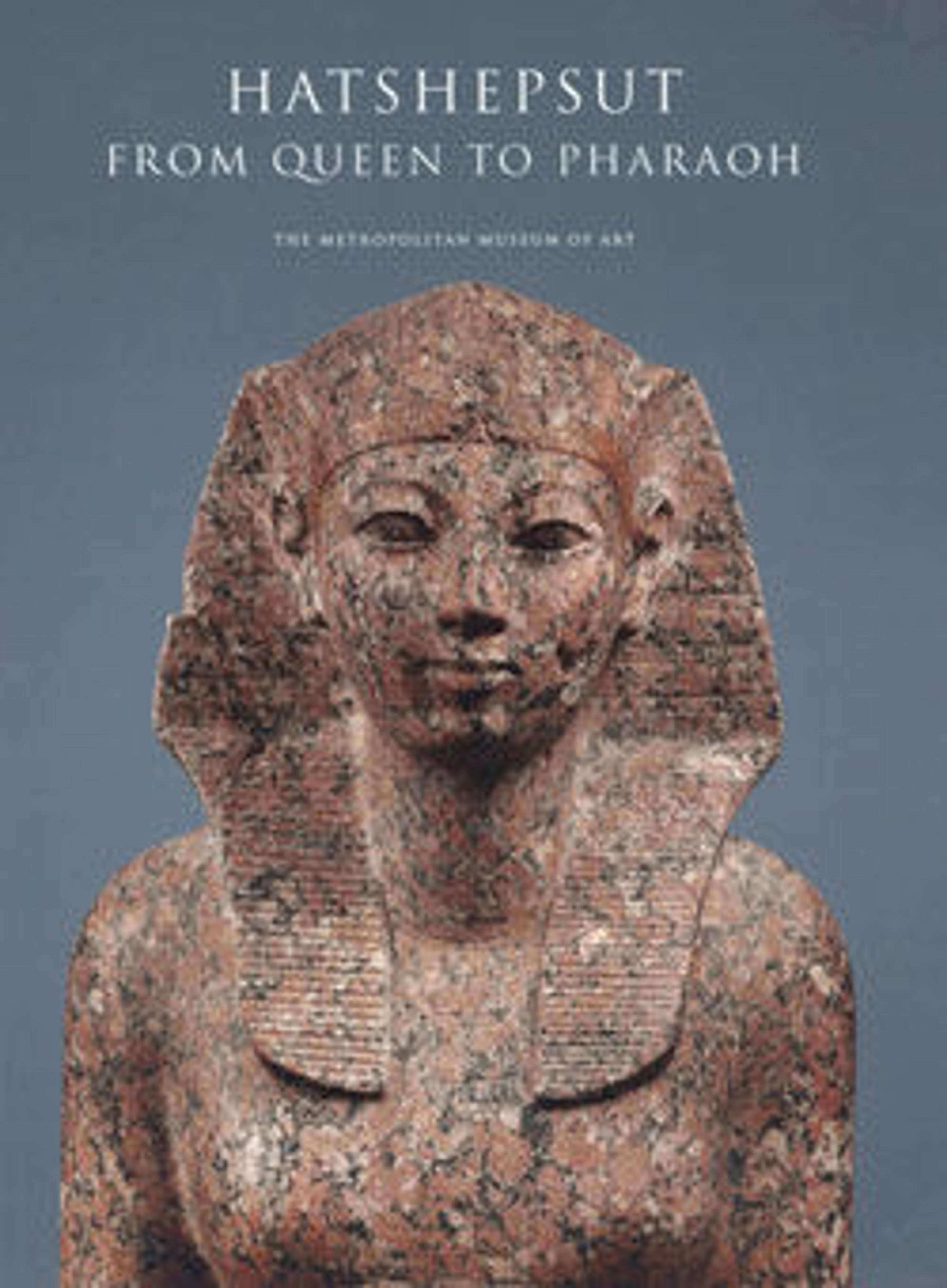Cosmetic Dish in the Shape of a Bolti Fish
The bolti fish, or tilapia, common in the Nile valley since ancient times, is easily recognized by its long dorsal fin. The fish, which hatches its eggs in its mouth, was a symbol of regeneration and was also associated with the goddess Hathor and the sun god, Re. While carved in the round, this object is actually a fish-shaped dish, with a depression in one side that would have been used for the preparation of cosmetics. The cartouche just behind the gill contains the throne name of Thutmose III, Menkheperre. The dish may have been given by the king to a temple.
Artwork Details
- Title: Cosmetic Dish in the Shape of a Bolti Fish
- Period: New Kingdom
- Dynasty: Dynasty 18
- Reign: reign of Thutmose III
- Date: ca. 1479–1425 B.C.
- Geography: From Egypt
- Medium: Glazed steatite
- Dimensions: h. 8.6 cm (3 3/8 in); w. 18.1 cm (7 1/8 in) d. 2.5 cm (1 in)
- Credit Line: Gift of James Douglas, 1890
- Object Number: 90.6.24
- Curatorial Department: Egyptian Art
More Artwork
Research Resources
The Met provides unparalleled resources for research and welcomes an international community of students and scholars. The Met's Open Access API is where creators and researchers can connect to the The Met collection. Open Access data and public domain images are available for unrestricted commercial and noncommercial use without permission or fee.
To request images under copyright and other restrictions, please use this Image Request form.
Feedback
We continue to research and examine historical and cultural context for objects in The Met collection. If you have comments or questions about this object record, please complete and submit this form. The Museum looks forward to receiving your comments.
